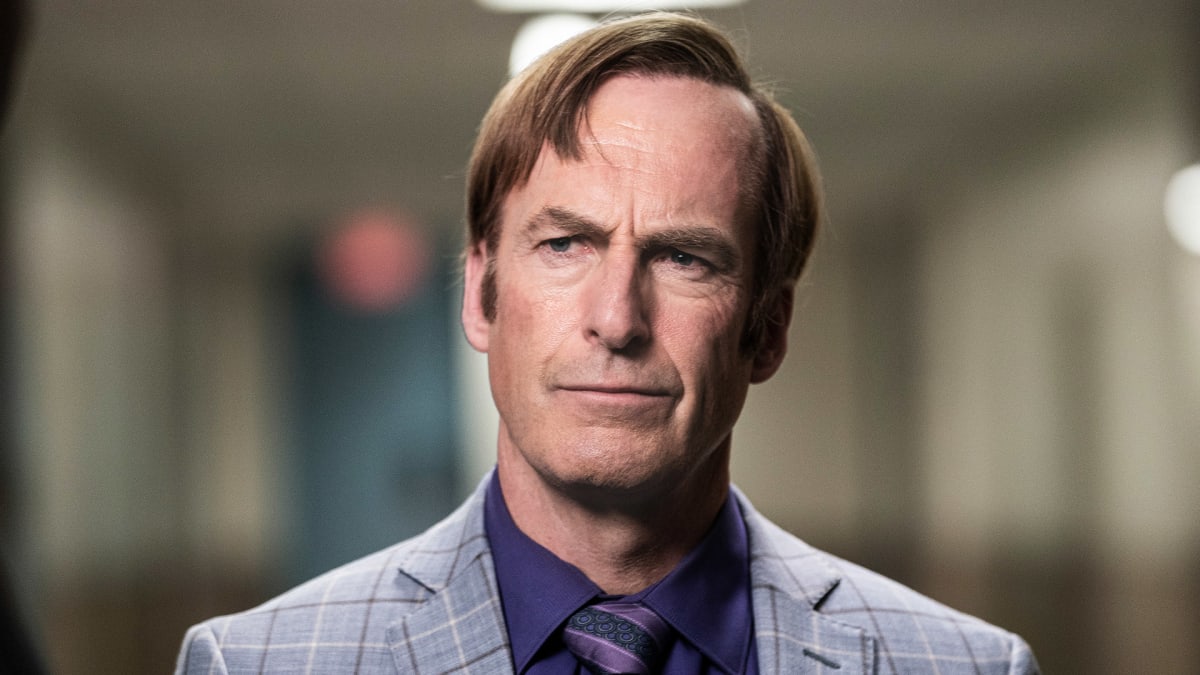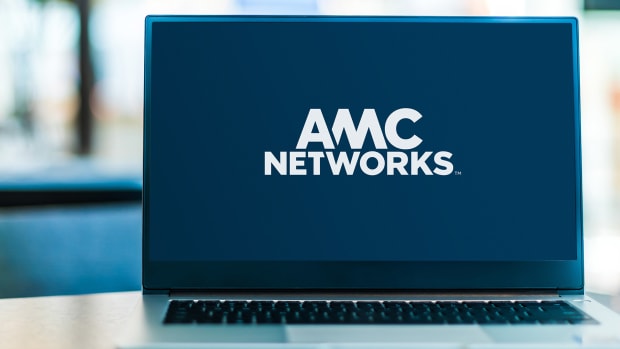
How are your holidays going? Better than AMC Networks, I would imagine.
News has broken that AMC Networks will be experiencing layoffs soon. A memo from James Dolan, CEO of MSG Entertainment, which owns AMC and AMC Networks, warned of “significant cutbacks in operations” impacting every operating area of AMC, as well as “large-scale layoff[s].”
Dolan stated the reason for the cutbacks, as reported by Gizmodo, was related to “growing subscriber losses,” as people continue to abandon traditional cable for streaming services.
(A quick note here to say that AMC Networks should not be confused with the theater chain AMC Entertainment, which are separate entities that are often conflated in the public imagination.)
AMC, like nearly every other network or media company you could think of, has jumped into the streaming world in recent years.
There’s its AMC app, which is free, advertiser-supported, and allows you to watch, say, “Dark Winds” as its airing live, but the service can often be a bit frustrating, as you can’t pause or rewind while the episode is airing.
There’s also AMC+, which has a more robust selection of offerings, including all of “Mad Men” and various installments of “The Walking Dead” franchise and a smoother interface, and which starts at $9 a month or $84 a year. But it would seem that the platforms aren’t getting the subscriber numbers or viewer totals that Dolan no doubt hoped for.
“It was our belief that cord-cutting losses would be offset by gains in streaming,” Dolan’s letter reads. “This has not been the case. We are primarily a content company and the mechanisms for the monetization of content are in disarray.”
AMC (AMCX) stock price has dropped by 56% in the past year and its Q3 income was down by nearly $26.7, compared to the same quarter last year.
Why Are There So Many Streaming Services?
The main question here isn’t “Why doesn’t AMC have enough subscribers?”
But just to answer the question anyway, it’s because there are more streaming services than you can count on two hands, and you might have noticed folks are struggling with inflation these days.
Few people have the money, let alone the inclination, to subscribe to every streaming service. These days, many TV and film fans tend to pick a service or two they treat as their main, and then they subscribe to a secondary service for a month or two, watching the latest series they’ve been hearing about, unsubscribing once they’ve finished.
It’s a process called churning, and while the industry doesn’t love it, they’ve very arguably left the consumer with no choice. And while we’re not condoning illegal activity of any sort over here at The Street Dot Com, there is a reason why Bittorrenting and other forms of illegally downloading television have been on an upswing in the past few years.
No, the question here is, “why are there so many streaming services?”
It’s a complicated question, but the top-line answer is a mindset that can best be described as “if everyone else has a streaming service, we need one as well.”
Starting in the mid-00s, media executives noticed that younger consumers were opting to consume television via Netflix, DVD box sets, legal and illegal downloads, and DVR. Broadcast television was, if not dying, becoming the province of sports and other live events.
Similarly, every network and media company came to realize that by licensing their back catalogs of television shows and films to Netflix, they had created a gigantic competitor that was seemingly on the verge of swallowing the industry whole.
So many networks decided they needed to have their own streaming platforms. But it’s very arguable as to whether this proved to be a wise idea in hindsight.

Shutterstock
What Do The Streaming Services Need To Do Now?
Sony is seemingly the only major media company that opted out of starting its own streaming service, instead striking licensing deals with Netflix, Starz, and others. In retrospect, it seems like a smart move, as the company gets to enjoy licensing fees and doesn’t have to deal with headlines about the growth struggles of Sony+.
But otherwise, we currently have (takes a deep breath): Amazon Prime Video, Netflix, HBO Max (soon to be merged with Discovery+), Paramount+ and NBC’s Peacock, Disney’s triumvirate of Disney+, ESPN+ and Hulu, The Criterion Channel, Starz, Showtime Anytime and the various AMC channels (which we’ll get to).
(There’s also likely a few super niche platforms that I’m forgetting. But I’m sure I will receive an e-mail from an annoyed publicist reminding me they exist.)
But the point is, to quote the best Netflix series ever, “that’s too much, man!”
It’s too much for the viewers, and it’s too much for the media companies.
So far, the trio of HBO Max, Netflix, and Disney+ are doing quite well for themselves. Sure, Netflix has had a rough year and still makes too much mediocre stuff, but it recently bounced back to 223.1 million, "coming in just ahead of Disney's 221.1 million,” as The Street’s Martin Baccardax recently wrote. Also, people absolutely love Netflix’s new “Wednesday” series.
Even if fans are very wary of what the impending merger with Disovery+ might mean for HBO Max (and they’re also still mad about the “Batgirl” thing), the service is still sitting at 94.9 million combined subscribers across its streaming services, and can seemingly dominate the television discussion at will, as seen by the Twitter chatter concerning the comedy “White Lotus” and the spin-off “House of Dragons.”
Then there’s the matter of Peacock, which has 15 million paid subscribers and 30 million monthly active accounts as of the third quarter of this year, a two million increase from the end of the second quarter, and which recently gave away its best show to Netflix. And Paramount+, which has been suffering from softening ad sales and slow growth, has 45 million subscribers.
Comcast and Paramount Global are two of the biggest media companies in the world, and their services are getting absolutely dwarfed. To quote “The Wolf Of Wall Street,” those “are rookie numbers.” But there might be no way to adequately pump them up.
But it’s still much better than the 11 million subscribers touted by AMC Networks. Now, to be fair, AMC+ is a niche service, but it gives you a lot of a certain type of thing. When you sign up AMC+, you get access to shows from IFC, in case you’re in the mood to relive “Portlandia,” as well as the horror movie-centric Shudder, BBC America, and Acorn TV.
So if you like prestigious drama or genre fare, it’s a nice place to go. But the problem is, you can burn through its catalog pretty quickly.
I signed up last summer to watch the final season of “Better Call Saul,” (absolutely brilliant), watched some BBC programming, and enjoyed the Alison Brie and Aubrey Plaza indie film “Turn Me Around.”
Next year, I think I might finally do a rewatch of “Mad Men,” the game-changing AMC series that, along with “Breaking Bad,” completely reinvented television and changed the way people view the network. But I’ll be done with that by February, and I’m just not sure I’ll need to keep AMC+ after that, though if AMC drops another series I hear is great, maybe I’ll sign up again. (Give us the sequel series to “Halt and Catch Fire,” you cowards.) It's a nice platform, but I don’t feel like I need it, as there’s just not enough on there and I have too many options.
And that’s how most people feel about the situation. So what’s to be done? Well, no one (especially federal regulators) wants any further mergers in the entertainment industry. Less companies mean fewer options for consumers and fewer outlets for creatives.
But some consolidation, or at least some strategic partnerships, seems necessary at this point. Maybe the time has come for some of the smaller companies to swallow their pride, accept the prisoner’s dilemma they now find themselves in, and pool their resources into a streaming service that actually does feel essential.
Maybe every media company wants its own streaming platform. But that’s not what viewers want, and they’re making their opinions known. It’s time for media companies to realize that not everyone needs their own streaming service. Instead, they need to suck it up and make a streaming service that everyone will feel they need.






